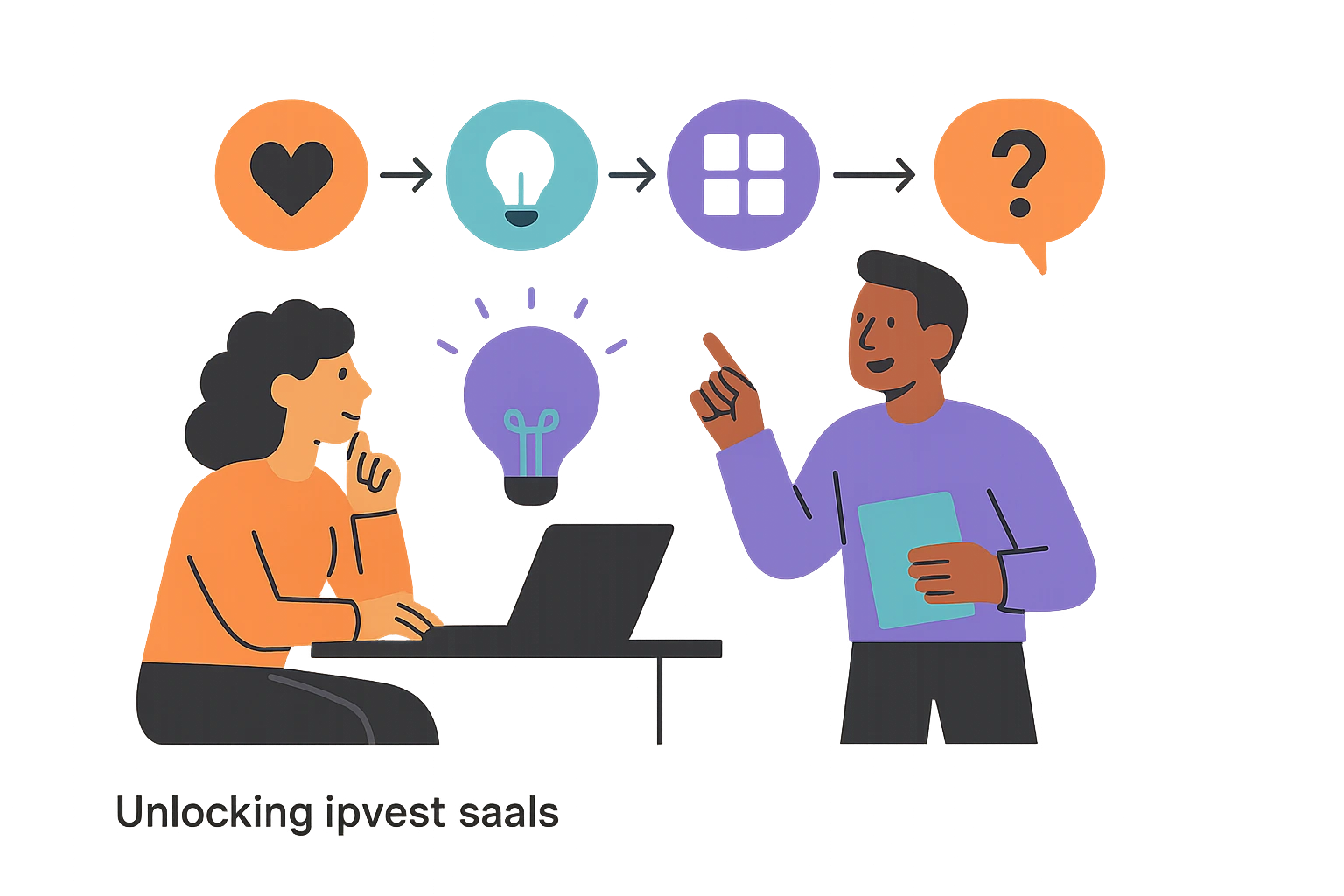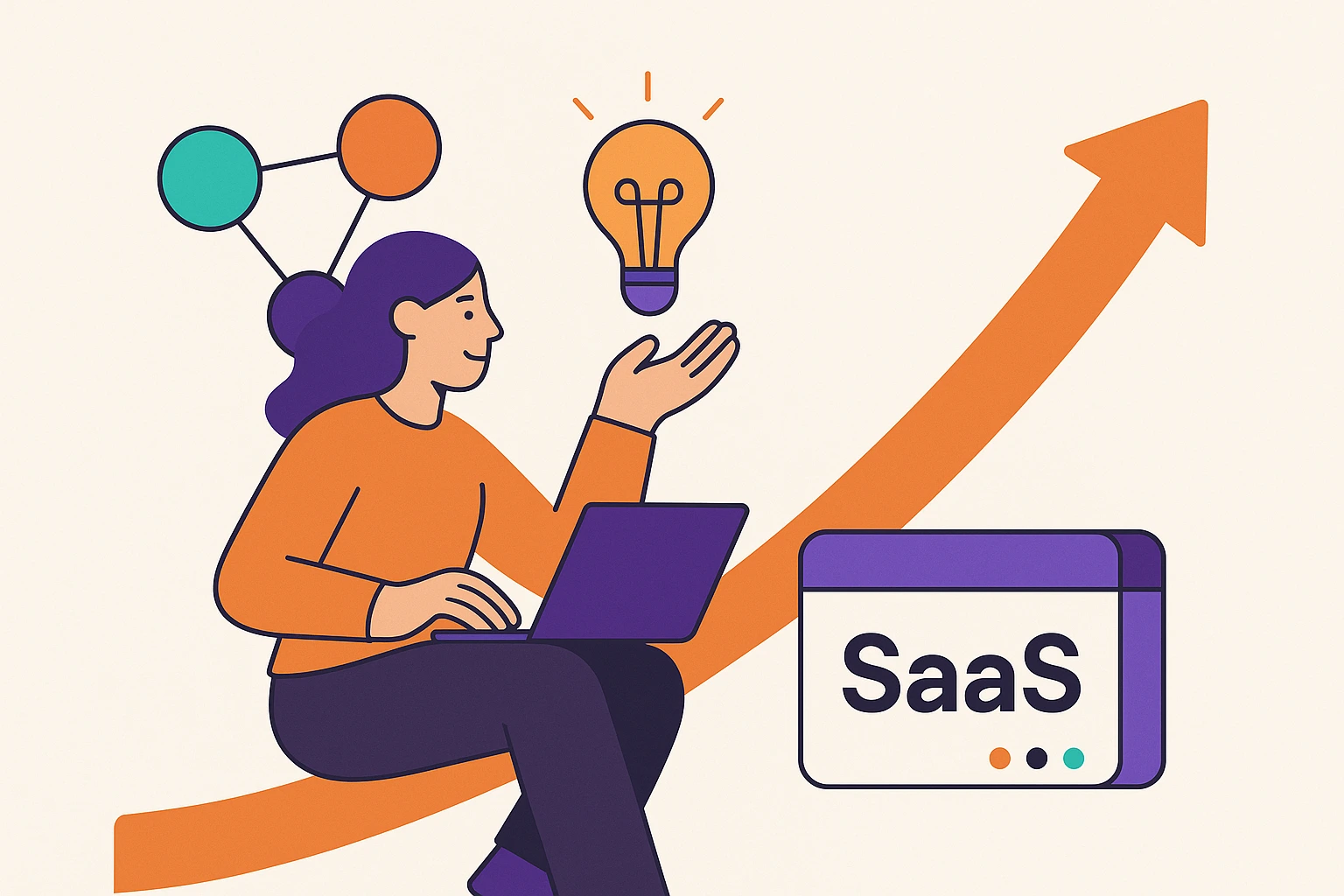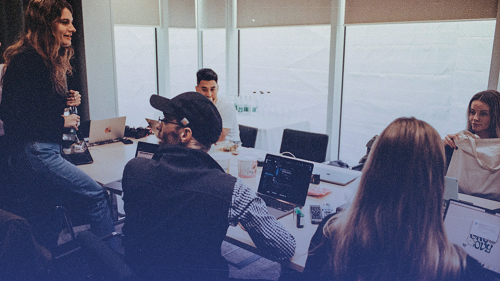In the competitive landscape of B2B SaaS, standing out requires more than just a robust product; it necessitates a deep understanding of user needs and an innovative approach to problem-solving. Design thinking has emerged as a powerful methodology that can help businesses create products that not only meet but exceed customer expectations. This article explores how C-level decision-makers, product managers, and startup founders can leverage design thinking to refine their strategies and foster innovation within their teams.
Design thinking focuses on empathetic understanding, ideation, and iterative testing, which can significantly enhance product development cycles. Unlike traditional methods that emphasize linear processes, design thinking encourages collaboration and flexibility, making it particularly suited for the fast-paced world of technology. Let’s delve into the key stages of design thinking and how they can be applied to B2B SaaS product strategies.
Understanding the Stages of Design Thinking

Empathize: Knowing Your Users
The first step in design thinking is empathy. This involves gathering insights about your users through interviews, surveys, and observational research. For instance, CoreLine recently assisted a SaaS startup in the logistics sector by conducting user interviews to identify pain points in their existing workflow. This research revealed that users were frustrated with the complexity of navigation in their software, leading to wasted time and decreased productivity.
Define: Clearly Articulating Problems
Once you have gathered insights, the next step is to define the core problems that need addressing. This is crucial for aligning your team’s efforts. In the logistics case mentioned earlier, we helped the startup articulate their main challenge: simplifying their software interface to enhance user experience. A well-defined problem statement acts as a guiding star for the ideation phase.
Ideate: Brainstorming Solutions
With a clear problem at hand, the ideation phase allows teams to brainstorm possible solutions without constraints. Techniques such as brainstorming sessions, mind mapping, and sketching can generate a wide array of ideas. For example, CoreLine facilitated a workshop where cross-functional teams generated over 30 ideas for simplifying the interface, which were later narrowed down through feasibility assessments.
Prototype: Turning Ideas into Tangible Solutions
Prototyping is about building a tangible representation of your ideas. This can range from sketches to interactive mockups. In our logistics project, we developed low-fidelity prototypes that allowed users to interact with the proposed interface changes. Feedback from these prototypes is invaluable, as it helps identify areas for improvement before the final product is developed.
Test: Validating and Refining Solutions
The final stage of design thinking is testing. This involves gathering feedback on your prototypes and making necessary refinements. In our case, user testing revealed that while the new interface simplified navigation, users desired additional features such as real-time tracking. Addressing this feedback early on ensured that the final product met user needs effectively.
Implementing Design Thinking in Your Organization

To successfully integrate design thinking into your B2B SaaS strategy, consider the following actionable steps:
- Foster a Culture of Empathy: Encourage team members to engage directly with users and share insights across departments.
- Hold Regular Ideation Sessions: Create a schedule for brainstorming sessions to continuously generate and refine ideas.
- Invest in Prototyping Tools: Utilize tools like Figma or InVision to facilitate rapid prototyping and user feedback collection.
- Encourage Cross-Department Collaboration: Break down silos between departments to leverage diverse perspectives and expertise.
- Iterate Based on Feedback: Establish a feedback loop with users to ensure that your product evolves with their needs.
Conclusion
Incorporating design thinking into your B2B SaaS strategy can lead to innovative solutions that resonate with your users. By understanding their needs and iterating based on feedback, your organization can stay ahead of the competition and drive sustained growth.
At CoreLine, we specialize in product consulting and can guide you through implementing design thinking in your development processes. Contact us today to learn how we can help you create a user-centered product strategy that elevates your business to new heights.



